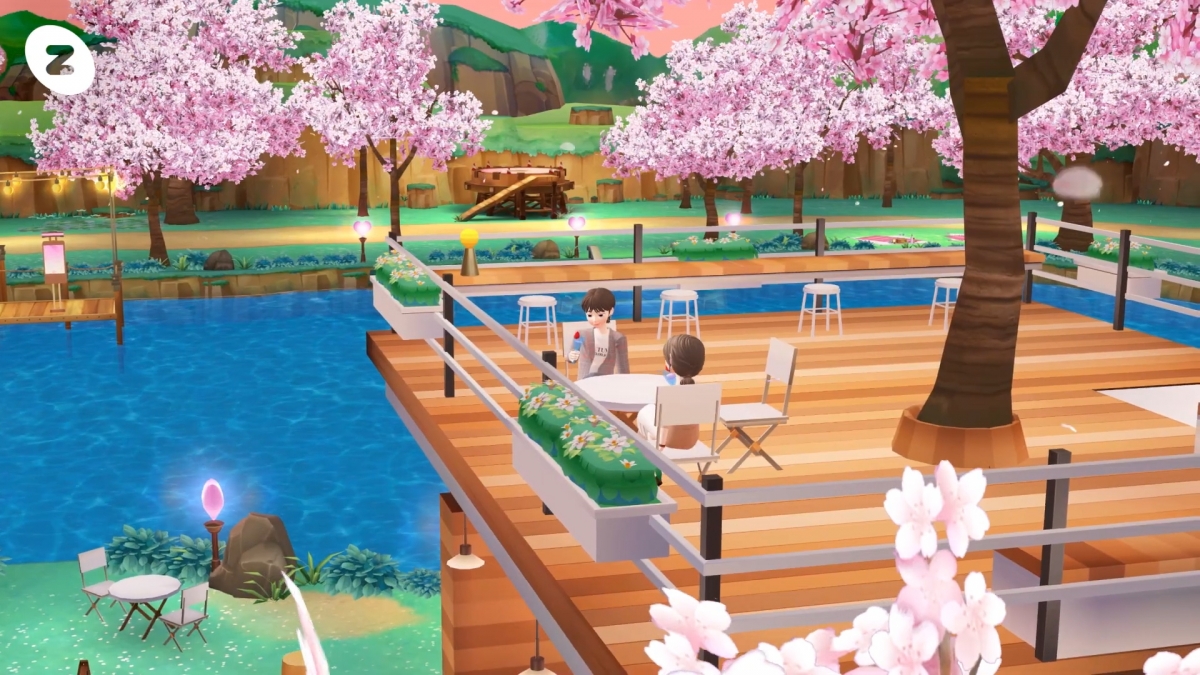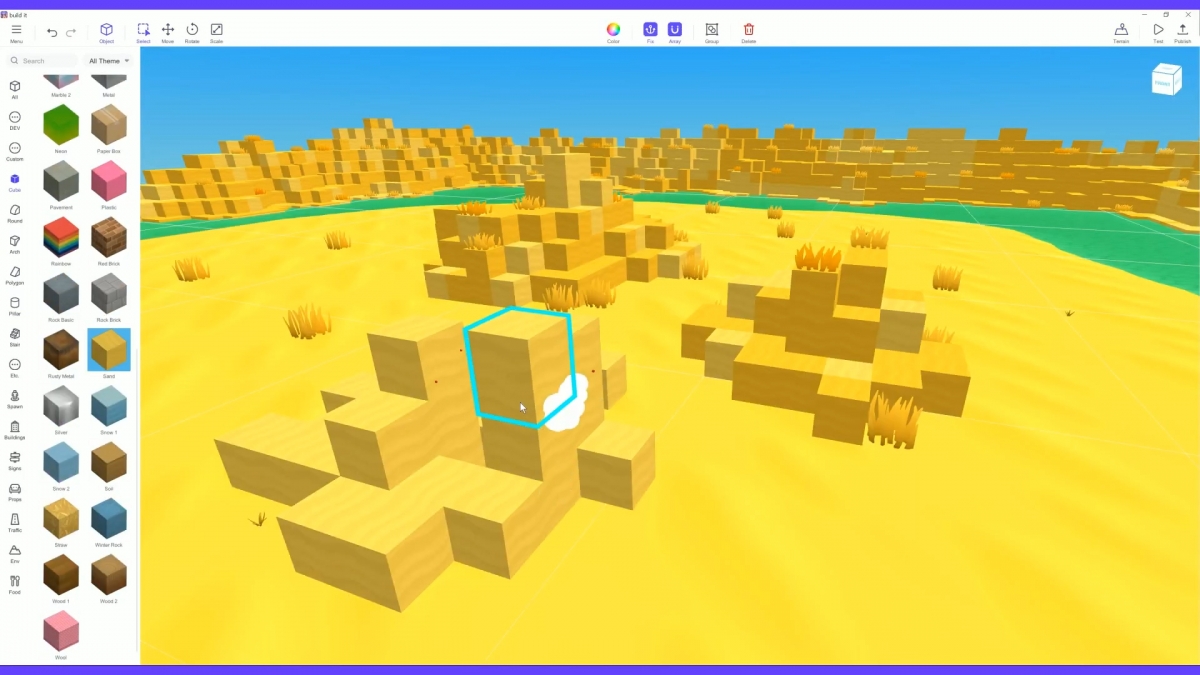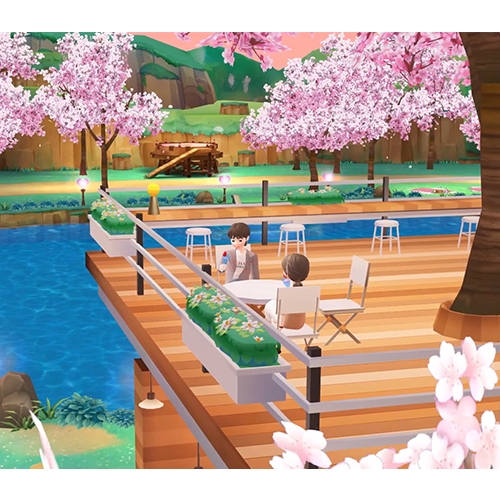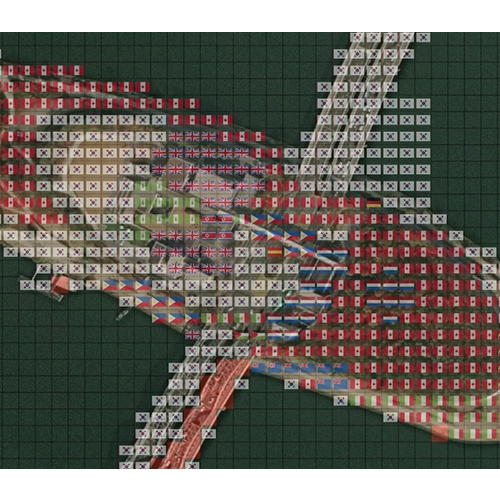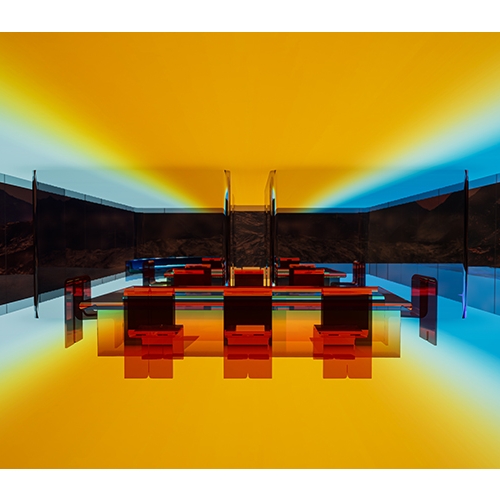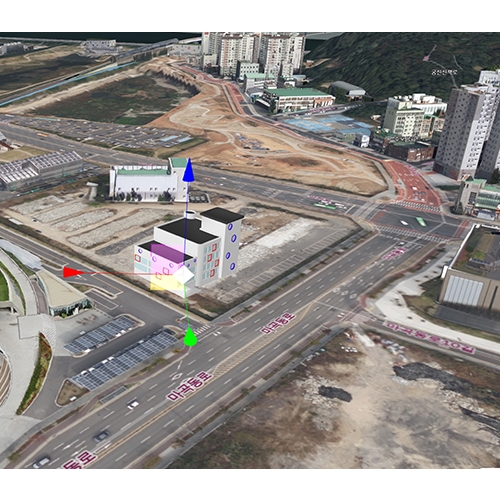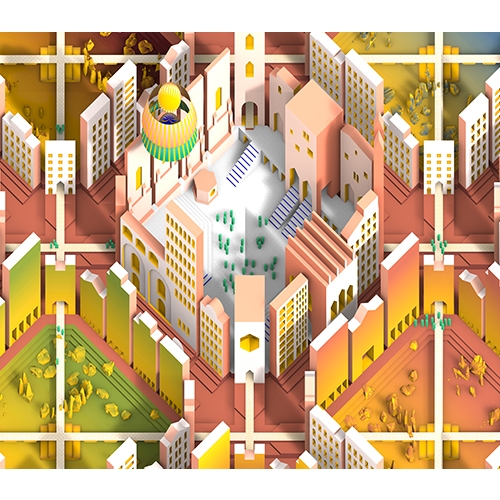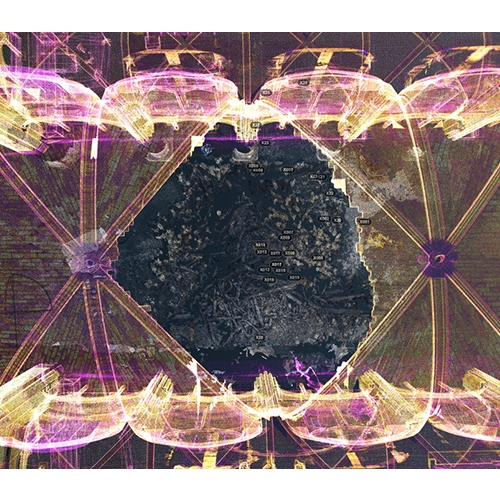A character resembling myself is wearing a daring outfit that I would not usually dare try on. He goes to school and saunters around the set for shooting the video. He meets other users, poses to take photos, and performs various quests. It’s what happening in ZEPETO. Launched in August 2018, ZEPETO is a social media platform based on augmented reality (AR) avatars. It is a service derived from the camera application SNOW, and it began with a function that recognises the user’s face through deep learning and converts it into a character. Thousands of aspects, including not only the face but also the skin, hair colour, and body shape, can be customised.
An avatar generated in this way moves through the virtual space ‘world’. It ranges from ordinary spaces including high school classrooms, subway stations on line 2, and Han River Park, to spaces of distinctive themes such as fashion show runways, haunted houses, and cherry blossom cafés. Some may question what the experience in the virtual space means, but Z-Generation, the main users of this service, consider the experience in the virtual world on the same level as that in the real world. As of March 2021, the number of cumulative subscribers reached 200 million, so we can assume the high popularity of this new experience. We had experience making avatars and guiding the through virtual spaces. This was through CyWORLD, one of the popular social media platforms in the 2000s in Korea. But in CyWORLD, we only could choose one of the options provided by the service producer and we had to pay for self-realisation.
On the other hand, in ZEPETO, users can design clothes, shoes, and hairstyles for their avatars using the ‘Studio’ function. It is possible to sell them as products. Based on this profit system, ZEPETO established its own economic ecosystem. A new job has also sprung up: virtual fashion designer. Lenge, one of the first generation ZEPETO creators, built her own fashion brand by designing a million items over 10 months. The space also can be designed using a ‘Build-It’ function. It is not only focused on by individual users, but also by various industries such as fashion, distribution, and entertainment as it gives a homogenous experience regardless of physical space and time. The pioneers already jumped in; the fashion house GUCCI unveiled their items, convenience store CU launched its shops, and singer BLACKPINK held a fan signing event. So far, it is not possible to sell the space used in Build-It, but the outsourcing service that designs the customised space is now active. One day soon, will there be an architect that works solely on ZEPETO? (written by Choi Eunhwa)
